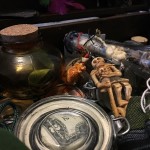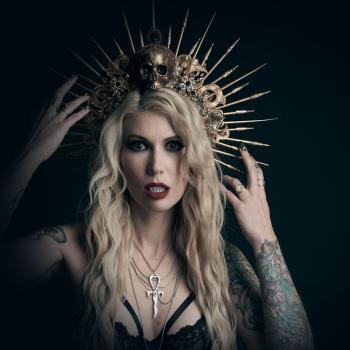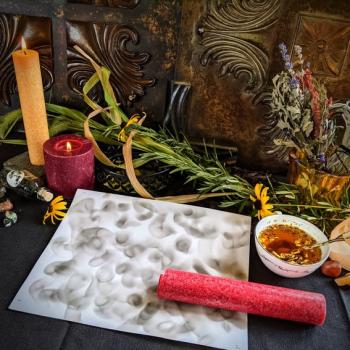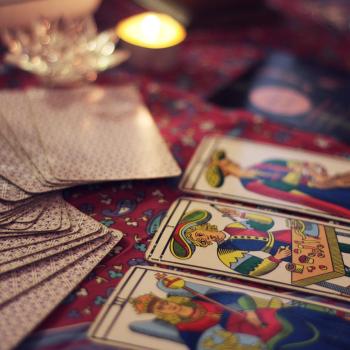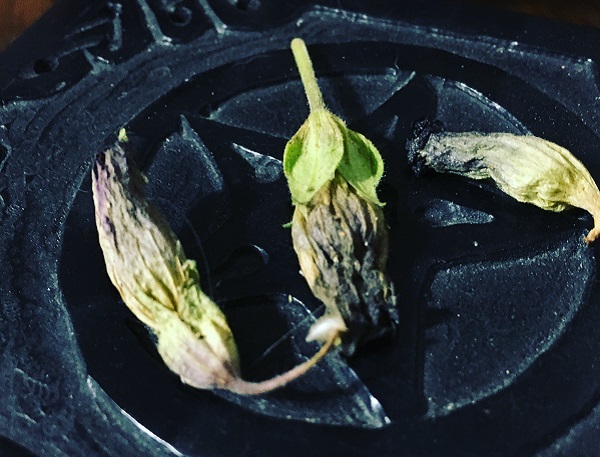
Ethos, Aesthetic and Praxis
I have just recently finished reading the newly released title from Three Hands Press, Thirteen Pathways of Occult Herbalism written by Daniel A. Schulke. A nice little book providing an insightful introduction into the realm of occult herbalism or “phytognosis” a term coined by Schulke. Having read some of his other work: Ars Philtron, Viridarium Umbris, and Veneficium; all three detailing the arcane tradition of witch medicine, I was looking forward to this new release as well. The language that is unique to his work comes through eloquently in this latest tome as well, reminiscent of classical academic occultism. The occult knowledge collected over the years from within hidden traditions and green gnosis from the direct communion with plant spirits fills these volumes with quintessential witch lore. These publications along with work by the late Andrew D. Chumbley and the Cultus Sabbati have influenced modern witchcraft traditions emphasizing medieval witchcraft practices based on the symbolism of the widely known Witches’ Sabbath. As the Verdelet, keeper of plant lore for the Cultus Sabbati, Schulke is a well-known authority on these practices.
Many of the terms used in his writing are explained in easy to understand language, laying ground work for this traditional current of magic. This book would serve as a great prequel for some of his earlier publications, which go into great depth. An important term explained in Thirteen Pathways that is commonly referenced in many other books and articles coming from Schulke and the Cultus Sabbati is Ethos.”presently defined as the character, sentiment or disposition of an individual or a group considered as a natural endowment.” Schulke goes on to explain that every artifact, book or individual, “radiates an ethos to those who may rightly discern it.” (Thirteen Pathways, p. 100-101) Ethos is that deep down feeling that informs our practice. It is what guides us, pulling us in the direction of certain currents that resonate with our individual nature. It is our own conception of what it is to be a witch, magician, sorcerer or occultist. Some practitioners use titles like green witch or sea witch to designate their area of practice. This is common among many modern practitioners. There is a widespread diversity online of practitioners specializing in areas like “space witchcraft” or “elemental magic” with as many varieties as there are practitioners. To some such a public display of occult practices goes against their very nature of being hidden. However, with our society being so visually oriented especially when it comes to the internet, it is unsurprising to find in the magical community as well.
By using symbols, concepts and images witches are able to convey to others their own personal Ethos. For example, abstract ideas like death, rebirth and ancestral knowledge combine with images of spirit familiars and witch’s herbs to form one of the infinite combinations of magical currents. Important esoteric concepts including one’s metaphysical beliefs form the framework for their ethos. The actual magical activity or spiritual action of the practitioner is known as Praxis. We can see the similarity here to the word practice. One’s ethos informs their praxis. According to Schulke, it is “the regular devotion of magical word, deed and numen to the spirits.” (Thirteen Pathways, p.107) Anything that we do in a magical context is part of our Praxis, and represented through our Ethos.
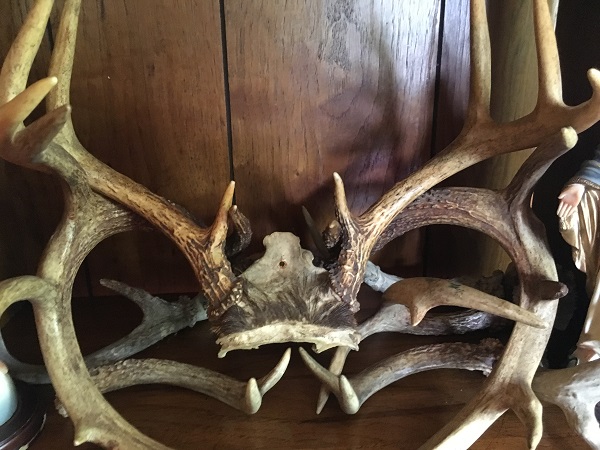
After reading this book and gushing over Daniel Schulke’s words and allowing them to marinate in my mind; I came to a realization. Another similarly used term in modern witchcraft communities, specifically online, is aesthetic. According to Merriam-Webster’s Online Dictionary, aesthetic is a theory or conception of the particular nature of beauty or art. It has a more superficial meaning relating to the sense of sight as something with aesthetic quality being visually pleasing. In online communities the term aesthetic refers to the visual symbolism that one uses to present themselves. Another new term that relates literally to this visual representation is the “witchsona,” which is an artistic rendition of one’s magical practice through the creation of an avatar that displays the symbols of one’s practice. Both of these relatively new terms are used by modern practitioners to capture what I believe to be their Ethos.
There are certain rituals that feel innately powerful to certain people and to others they may not. While one group of witches may focus on fertility rites or drawing down the moon another group of practitioners may prefer a more ceremonial approach or work strictly with a certain deity. All of the many diverse types of magic hold their own sway, drawing those with a predisposition to a specific magical current. These currents shape our ideas and guide our practices as we travel down the Crooked Path.
Schulke, Daniel. Thirteen Pathways of Occult Herbalism. Three Hands Press. 2017.


